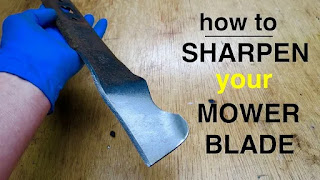Nothing ruins an outdoor event like mosquitos. There is just something innately disturbing about insects that bite and suck blood. Here are some interesting facts about mosquitoes and how to protect yourself and family.
How It Begins
It begins by the mosquito laying its eggs in standing water. These eggs turn into larvae, then pupa. The most effective way to kill mosquito is during the larva stage. By putting 'dunks' in the water a slow release larvicide is ingested by the mosquito larva and killed before it has a chance to pupate.
Why They Bite
The mail mosquitoes are typically much larger. The smaller mosquitoes are females and they draw our blood to nourish their eggs.
How to Control the Adults
You have two options when controlling mosquitoes. You can either kill them or repel them. Each tactic has its challenges.
Killing Mosquitoes
Several natural solutions are out there. Products such as Essentria IC3, Wondercide, and Mosquito Barrier use ingredients like garlic, cedar oil, and rosemary oil. Chemical products such as Summit Mosquito control use Permethrin. Permethrin is a contact insecticide that attacks the nervous system of all insects and paralyses them. The downside to killing mosquitoes is that these products tend to kill bees, so caution needs to be taken when spraying flowering plants.
Repelling Mosquitoes
Using DEET or OLE is an effective way to keep mosquitoes away from a limited area, however, DEET can be deadly to pets. Bug zappers can be an effective way to clear a limited area, however there is a school of thought that says zappers attract more mosquitoes than they kill.
For best results a controlled mixture of all of the above solutions is recommended. Have a nice Summer. It's right around the corner.









